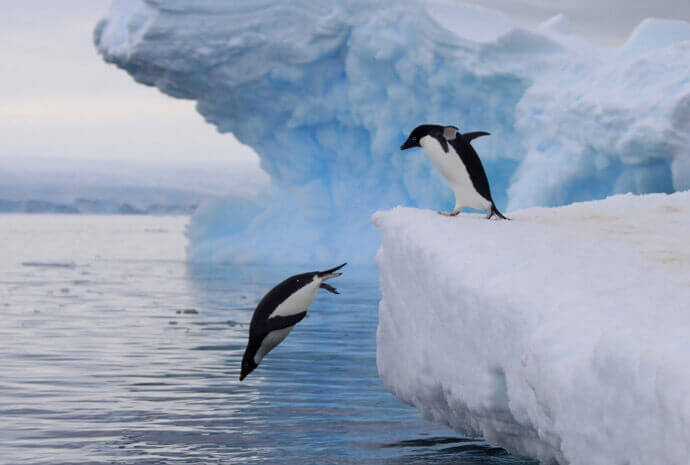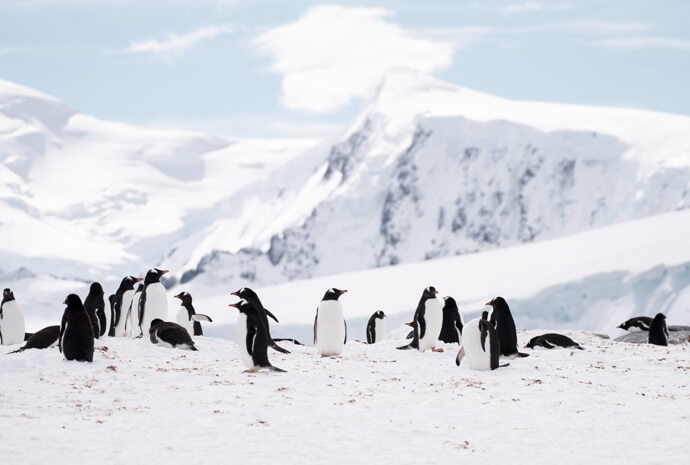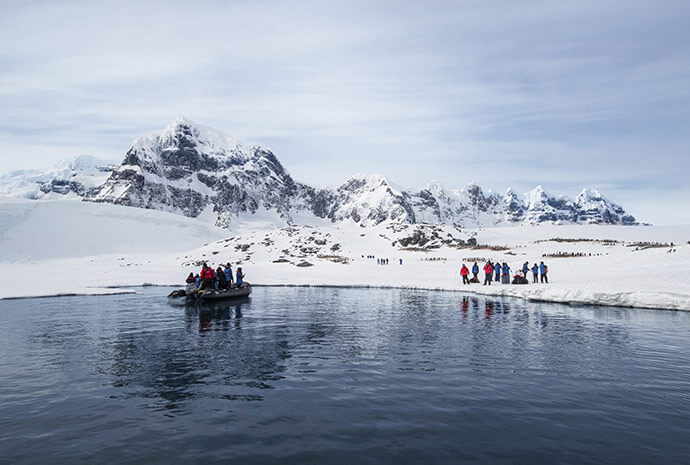
Essential Antarctic Cruise Information
A complete guide to create the perfect Antarctic Expedition Cruise
Our vast experience in the Antarctica cruise and expedition market enables us to provide you with the information you require before you start your adventure!From when and where to go, to what to take and what to expect when you get there our, site should give you all the information you need to know before you embark on your trip of a lifetime. Of course if there is anything else you need to know you can contact us at any time for further information.
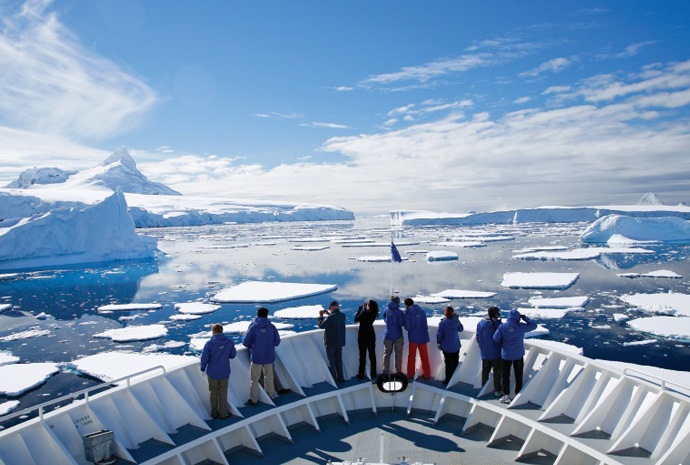
WILDFOOT Wildlife & Adventure Specialist
Lines are open from 9am -5.30pm
Monday - Friday

Amy Lucas
Senior Travel Expert
When and Where Do Trips Take Place:
Antarctic visits are mainly concentrated at ice-free coastal zones over the Antarctic summer, the five-month period from November to March, in high summer there will be 20+ hours of daylight.
The formation and movement of sea-ice outside of these times means that from March to November, Antarctica is left to the over-wintering scientific bases and their crews. Apart from the odd ice-breaker trip that may leave in October, tourist ships just don't risk it outside of these months.
Winter pack ice extends over 620 miles around the continent, it is
almost permanently dark and temperatures can drop to as low as -90°c
(-130°f)
Temperature Range: December - February -6°c to +10°c (20°f to 50°f)
November & Early December (Late Spring / Early Summer)
- Winter pack ice is starting to melt and break up
- The scenery is white, clean and pristine with pack ice and giant icebergs
- Courting season for penguins and seabirds - see spectacular courtship rituals
- Seals visible on fast ice
- Spring wildflowers in the Falklands and South Georgia
- Elephant and fur seals establish their breeding territories
View Trips
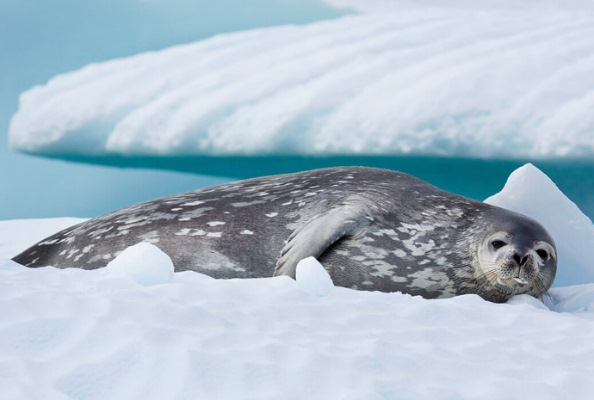
Mid-December and January (Mid Summer)
- Normally Antarctica’s warmest months
- Longer days create great light conditions and fabulous photo opportunities at midnight
- Antarctic chicks hatch
- South Georgia and the Falklands - first penguin chicks emerge and fur seals are breeding
- Seal Pups visible on South Georgia and the Falklands
- Receding ice allows for more exploration
View Trips
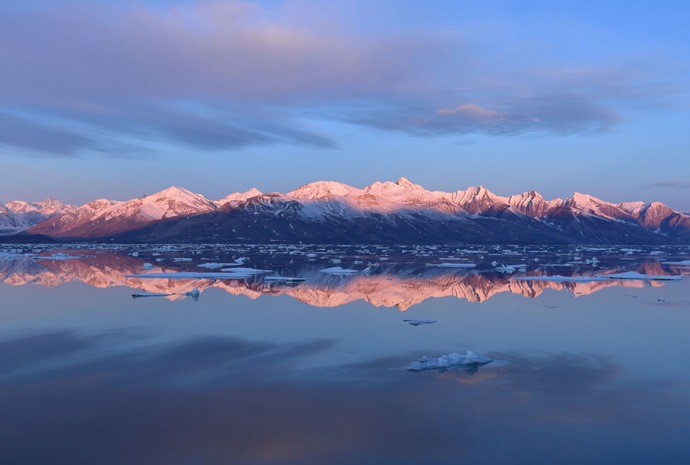
February and March (Late Summer)
- Whale sightings are at their best
- Penguin chicks start to fledge
- Receding pack ice allows ships to explore further south
- More fur seals in the Antarctic Peninsula
View Trips
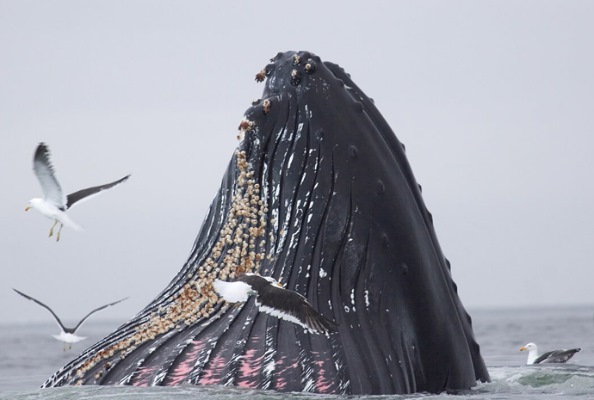
Last Minute WILDFOOT Latest Deals
Antarctica Classic
Up To 20% Discount!*
Book select departures by 30th April and receive up to 20% discount off select cabins!
*If booked by 1st May 2024
From Price £5,999
What Do I Need To Take?
As your trip/tour will be in the Antarctic summer, you won't need to take any real extreme cold weather gear for your polar expedition. Temperatures on many or most days will hover around freezing point, maybe dropping to an extreme of -10?C (20F). Obviously people adapt to the cold in different ways and I've seen some tourists watching Antarctic wildlife in lightweight clothing while others are wrapped up like the Michelin man in the same conditions. Layering is the key, and then you can be flexible according to conditions.
Camera. Be sure to take a good quality digital camera with you. An SLR with zoom lens is preferable, especially for wildlife shots; however all the principal manufacturers also offer super-zoom, automatic ‘bridge’ cameras and high-spec compacts for those who prefer an easier life! You will also find that fellow passengers are often willing to share their efforts. Spare batteries and chargers as well as memory cards are absolutely essential. If you do not take your own laptop or PDA, make sure you have a couple of high density memory sticks, so you can download and share images whilst on board.
Click here for more Antarctica photography tips.
Good quality, UV filtering sunglasses. It gets really bright! Especially when the sun reflects off the sea and ice or snow.
High factor sun-cream. If you’ve never been burnt under your nose from reflections from snow and ice, then walking in Antarctica can be your first experience. The ozone hole is real, don’t let it prove it to you the hard way.
Lightweight waterproof rucksack to carry your stuff ashore while leaving arms free to clamber in and out of zodiacs.
Take a good pair of waterproof binoculars if yours is an Antarctic wildlife holiday. 8 x 42 (or 8 x 30 compact) specification ones are recommended for wildlife viewing and are ideal for use on moving ships.
Swiss army penknife. I wouldn’t leave home without one, but don’t have it on your person when you check in for your flight!
Different Types of Vessel
Expedition Ship
An expedition ship is designed to cruise remote waterways. Expedition ships focus on natural history and culture, and have on-board educational programs. The expedition ships offer comfortable accommodations and good quality onboard service and dining. Capacity is up to about 120 passengers and all landings are by zodiac inflatables.
Expedition ships have ice-strengthened hulls for sailing through floating sea ice, allowing access to remote areas.
There are also a small number of luxury expedition ships where the onboard service is 5*. These offer the full expedition experience but combine it with facilities normally only found on luxury yachts and cruise ships.
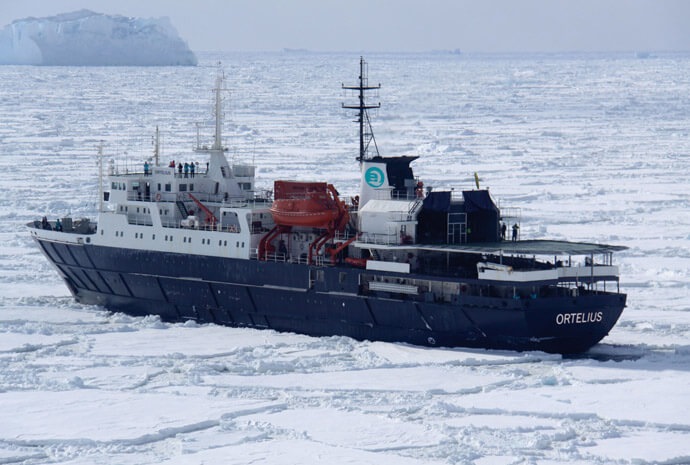
Sailing Ships
There are a small number of these ships sailing in polar waters offering a unique expedition experience with moderate comfort and limited facilities onboard. They are manned by experienced polar crew members and passengers are expected to assist with tasks on board, such as raising sails, etc. They have engines, but travel under sail whenever possible.
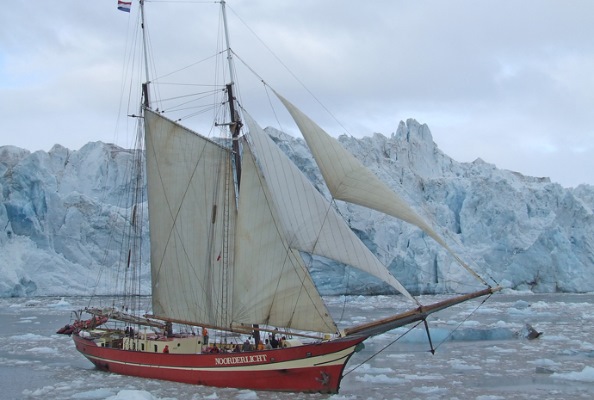
Expedition Ship
An expedition ship is designed to cruise remote waterways. Expedition ships focus on natural history and culture, and have on-board educational programs. The expedition ships offer comfortable accommodations and good quality onboard service and dining. Capacity is up to about 120 passengers and all landings are by zodiac inflatables.
Expedition ships have ice-strengthened hulls for sailing through floating sea ice, allowing access to remote areas.
There are also a small number of luxury expedition ships where the onboard service is 5*. These offer the full expedition experience but combine it with facilities normally only found on luxury yachts and cruise ships.
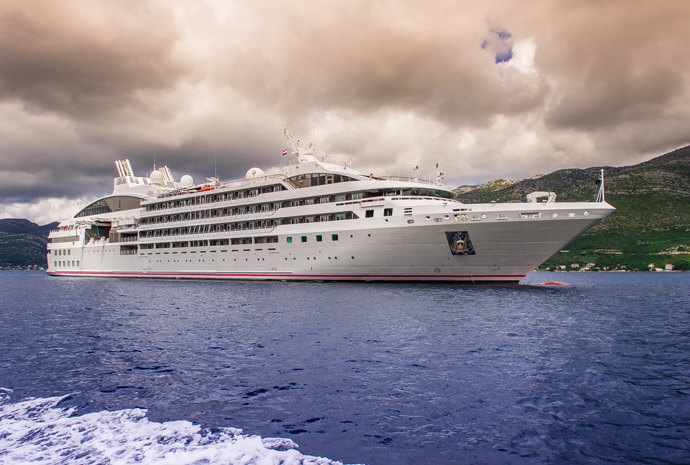
Watch our Antarctica Cruise Video
PlayTravellers' Information
The following links will take you directly through to external web-sites which contain essential and useful information for travellers. Each site is managed by a reputable organisation; however, Wildfoot Travel cannot be responsible for the content of these sites or the information displayed.
Foreign & Commonwealth Office
The British Foreign & Commonwealth Office issues advice to travellers regarding safety, consular services, advisability of travel to certain parts of the world, etc.
BBC Weather
Check the weather before you go
The Passport Agency
This link will give essential information regarding UK passports.
World Travel Guide
This useful link will provide details of worldwide passport and visa requirements and other general travel information.
What Our Customers
Say...
Superlatives abound – a truly amazing experience...awesome. Thanks to all for making it such a memorable experience.
We had the time of our lives on board ship...if anybody wants to go to Antarctica, we will certainly advise to go with you.
The best way to describe the entire experience. 1. Top rate service...we would not hesitate to recommend you to others and use you again.
Thank you and your team for arranging what was a fantastic holiday in Argentina...Iguazu falls was exceptional with our guide knowing an awful lot about the falls and the wildlife. Could go on forever, but had better stop.
I’m sure you get plenty of compliments, but I just wanted to follow up by telling you what a great time we had...If we are planning on one of the other regions you serve, we’ll definitely be in touch!
I wanted to drop you a note to say a big “THANK YOU” for all your organizing of my travel arrangements and the holiday itself. Everything flowed perfectly. The holiday was breath-taking and is hard to express in words...
It was even better than I expected, so I am grateful that you made the call (back). I will certainly recommend your services
Thanks again for helping me select the best trip and for all your help with the admin and my questions along the way, it all made for an even better experience.
Thank you for all your help. Great service, very efficient, flexible...We feel looked after when setting off into the unknown. I feel it is my duty to tell fellow travellers and birders/photographers how good you are!
Photographic Tips in the Antarctic
There is nowhere on earth that is more photogenic than Antarctica, with its unique scenery and wildlife.
Photography is therefore an activity in which everybody participates, whether they have the most advanced equipment or simply a point-and-shoot camera. Nevertheless, there are fundamentals to consider, both before travelling and during your trip.
Be sure to take a good quality digital camera with you. An SLR with zoom lens is preferable, especially for wildlife shots; however all the principal manufacturers also offer super-zoom, automatic ‘bridge’ cameras and high-spec compacts for those who prefer an easier life! You will also find that fellow passengers are often willing to share their efforts. Spare batteries and chargers as well as memory cards are absolutely essential. If you do not take your own laptop or other device, make sure you have a couple of high density memory sticks, so you can download and share images whilst on board.
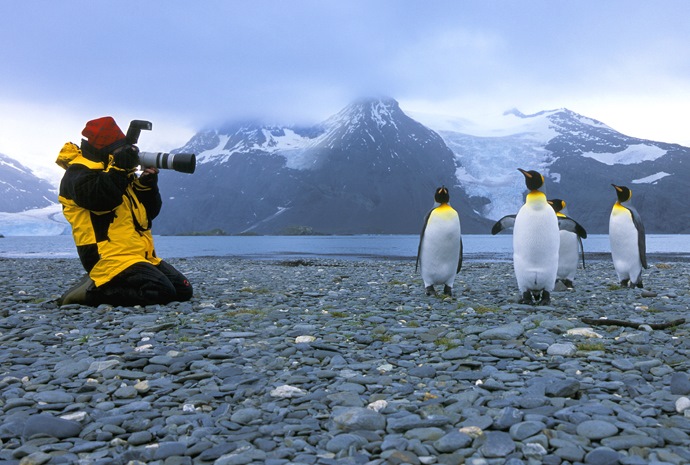
Sign up for our free newsletter
Please enter your email address using the fields below to receive all of the latest news and offers!
Members of The Adventure Travel Trade Association
WILDFOOT are proud to be members of ATTA. The ATTA community put effort towards nurturing, protecting and professionalizing the sustainable development of the adventure travel industry.
